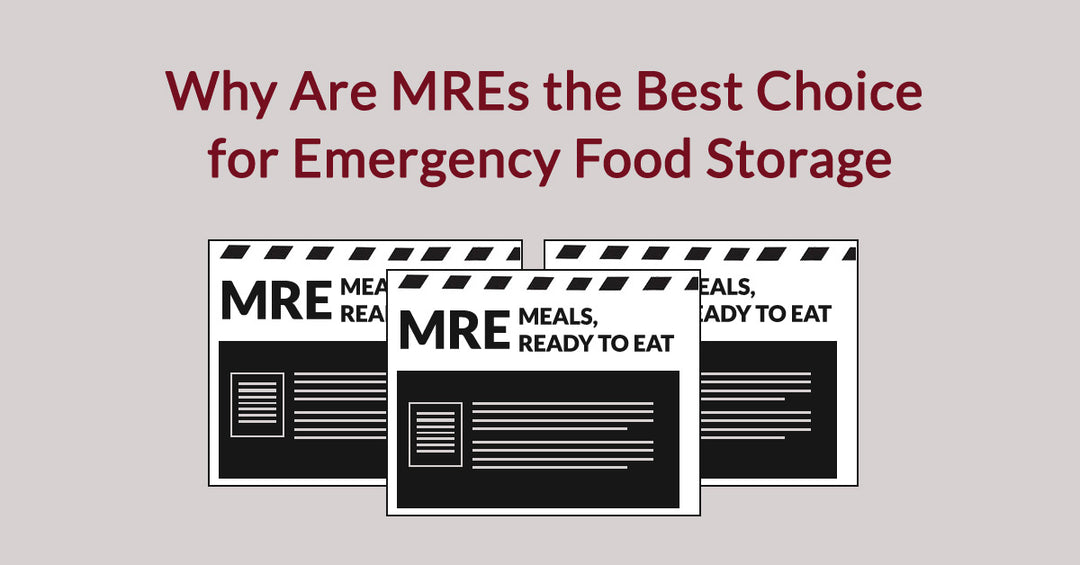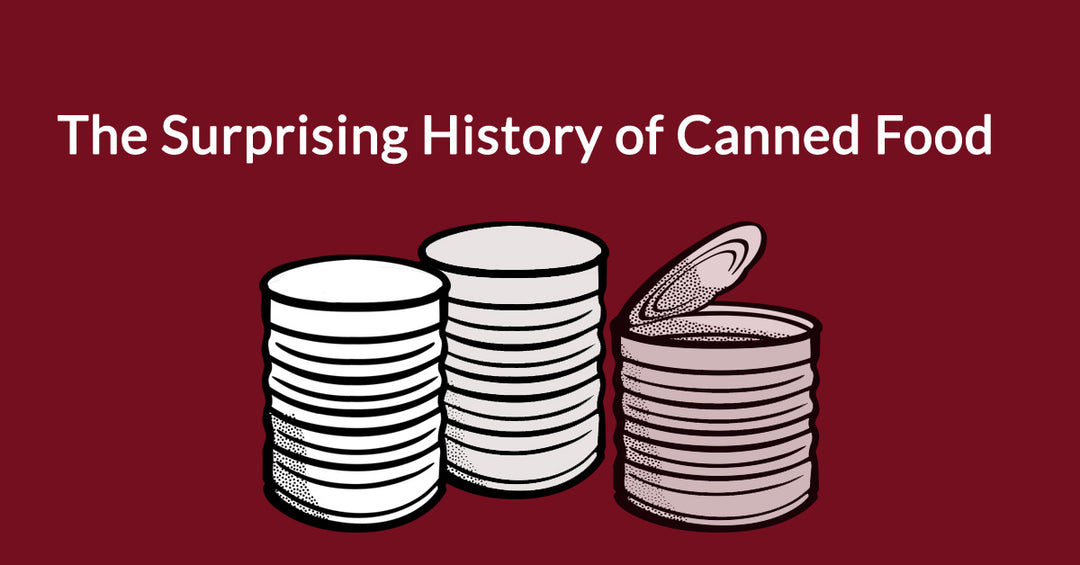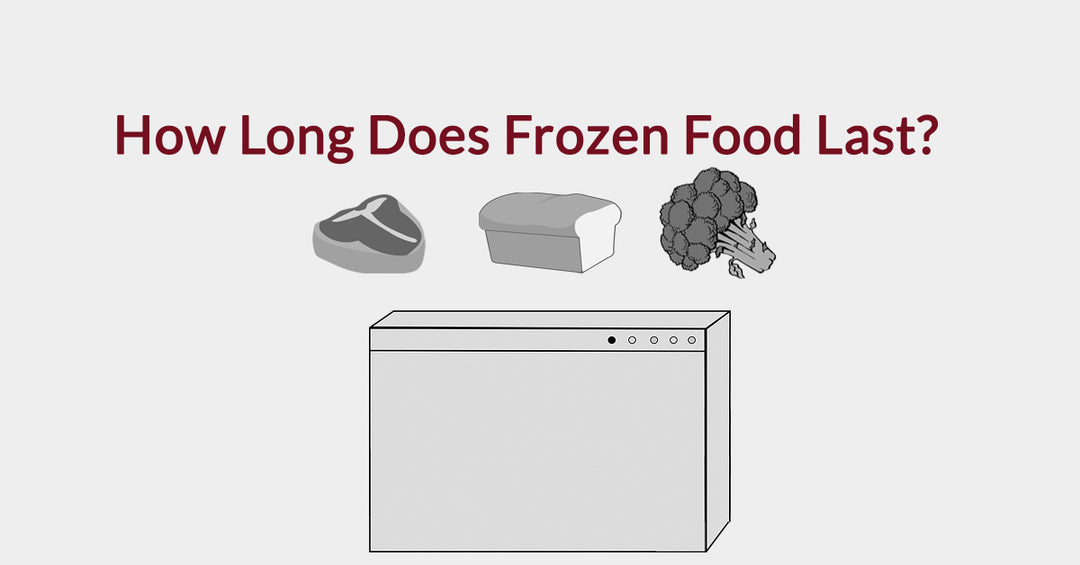US Food Supply Disaster Series: Hurricane Ike (September 2008, Texas and Gulf Coast)

In September 2008, Hurricane Ike roared ashore on the Texas and Gulf Coast, a Category 2 hurricane packing a colossal storm surge that redefined disaster preparedness. While the immediate focus often shifts to structural damage and emergency response, Ike laid bare a critical vulnerability: our food systems. The challenges presented by this powerful hurricane, particularly concerning food access and safety, offer invaluable lessons for building more resilient communities in the face of future natural disasters. This blog post will delve into the food-related hurdles faced during Ike and explore the enduring takeaways for individual and community preparedness.
The Perfect Storm for Food Insecurity
Hurricane Ike's impact on food security was multifaceted, creating a perfect storm of challenges for residents across the Greater Houston area and barrier islands. The widespread and prolonged power outages were arguably the most significant hurdle. Millions of people found themselves without electricity, rendering refrigerators and freezers useless. This instantly compromised the safety of perishable foods, leading to spoilage and forcing residents to discard valuable groceries. The Houston Department of Health and Human Services conducted a rapid needs assessment shortly after Ike, revealing that a staggering 26.8% of surveyed households in Houston reported needing assistance to obtain food, highlighting a significant lack of preparedness for extended outages among many residents. (Source: CDC)
Beyond the loss of refrigeration, coastal communities faced extreme isolation due to massive storm surge and widespread flooding. Roads were impassable, bridges damaged, and entire areas became cut off from external aid. This geographical isolation made relief deliveries incredibly difficult, creating significant logistical obstacles for humanitarian organizations attempting to provide essential supplies.
Lessons Learned: Building Food Resilience
The grim realities exposed by Hurricane Ike spurred crucial discussions and policy shifts in disaster preparedness and food resilience. Two key outcomes emerged from this experience: the emphatic need for reliable off-grid food preparation options and the development of more resilient food aid routes.
For individuals and families, the message became clear: don't solely rely on the grid. Preparing for a prolonged power outage is paramount for food safety and access. This means stocking up on a sufficient supply of non-perishable foods that do not require refrigeration or cooking, such as canned goods, dried fruits, nuts, and protein bars. Experts recommend having at least a seven-day supply of food and water per person. (Source: FEMA, via GoSun)
Beyond non-perishables, having alternative cooking methods is crucial. Off-grid cooking solutions like propane or butane camping stoves, charcoal grills (used outdoors only!), and even solar cookers can be invaluable for preparing meals when electricity is unavailable. It is also vital to have a manual can opener and disposable plates and utensils to minimize the need for water-intensive dishwashing.
At a community and governmental level, Hurricane Ike underscored the importance of developing robust supply chain management strategies for disaster response. This includes pre-identifying and pre-positioning critical supplies, establishing secure and accessible distribution points, and diversifying transportation methods to overcome infrastructure damage. The ability to quickly assess needs and deploy resources to isolated areas is paramount.
Moving Forward: Preparedness is Key
Hurricane Ike served as a stark reminder that preparing for the unexpected is not a luxury, but a necessity. By learning from the food-related challenges faced during this devastating storm, we can collectively build stronger, more resilient communities. This involves not only individual preparedness through stocking non-perishable foods and off-grid cooking gear but also continuous improvement in government and humanitarian aid response mechanisms. The goal is to ensure that when the next major storm hits, communities are better equipped to provide sustenance and support to all those affected, minimizing the long-term impact on public health and well-being. Investing in disaster readiness today protects our future.




